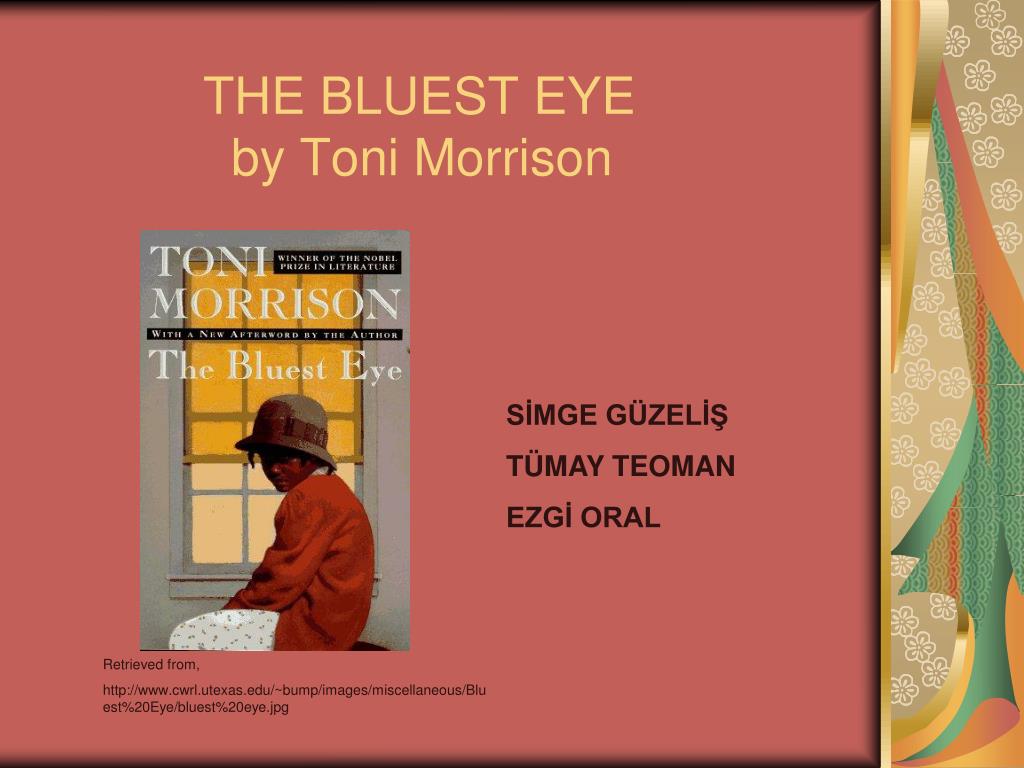

He almost wished he could do it – hard, long, and painfully, he hated her so much” (Morrison, 148) After his aunt has died, Coolly decides to run away and find his father, which leads to another notch of hurt on his belt. Morrison ends the long description of the incident with, “Coolly, moving faster, looked at Darlene. Subsequently, a shift occurs in Coolly that will end up contributing to the mounded man that he will become. He gets caught in the act by TV’0 white men who humiliate them by forcing them to continue as they stood there watching and harassing disrespectfully (cite page number). The description of the incident starts off happily and peaceful, as Coolly and Darlene start cuddling. Morrison gives a two-page long description of an incident that occurred when Coolly has sex for the first time with a girl named Darlene. As he grows up, Coolly continues to be being the victim of both circumstance and other’s wrongdoing. The introduction of Coolly Breed loves stormy start to life serves to intensify the severity of his early situations as well as leading the minds of the readers closer to the direction of sympathy rather than rational justice for the man ho commits the ultimate crime. Through this description, the reader is able to encounter the depressing grey shadow of School)des life from its beginning and begin to feel bad about his situation.

Additionally, this paper will examine the collective consciousness of hurt that racism created in order to show that Coolly experienced both personal hurt and structural hurt.Ī detailed description of School’s early years states, ‘When Coolly was four days old, his mother wrapped him in two blankets and one newspaper and laced him on a junk heap by the railroad” (Morrison, 132) School’s mother has abandoned him, his father is nowhere to be seen, and he is left to be raised by a peculiar aunt who has her own idiosyncrasies. Through her tale, Morrison answers the why as she posits that the origin of evil does not lie within a human being but rather results from the damages of past adversities and trauma. This paper aims to explain both the why and the how of Piccolo’s rape through a careful examination of some of the events of School)/s past in order o show how Morrison created a sympathetic victim that, while still a child rapist, was not an unfeeling monster. Social psychological research is rich with examples of how race adversely affects social perceptions, attitudes, and behaviors. Thus, Morrison intentionally depicts the character Coolly, as a victim as well as a perpetrator. Trauma in a person’s life will often impair one’s ability to give and receive proper love, which then creates a vicious cycle that shadows over future lovers, husbands and wives, and most crucially, children. Given that point, childhood memories filled with trauma and abandonment will most likely affect one’s life negatively. Developmental Psychology tells us that early childhood experiences often determine how emotionally stable an adult will be (need citation). Additionally, Morrison shows how the racism and structural inequalities of the time played a part in School’s wontedness. By putting an empathetic emphasis on the traumatic incidents that occurred in Coolly Breadboxes past, Morrison creates a timeline of School’s own hurt, beginning with his abandonment as a child. However, in the book, author Toni Morrison creates a space Of forgiveness for Coolly and his crime. Eliciting sympathy for Coolly might seem impossible, as we will see that his unfathomable act ultimately destroys his daughter and sends her into a schizophrenic state. ” Toni Morrison, The Bluest Eye Set in Ohio in 1941, In The Bluest Eye tells the story of Pectoral Broadleaved, a black 11-year-old girl who is raped by her father, Coolly.

But since why is difficult to handle, one must take refuge in how. There is really nothing more to say?except why.


 0 kommentar(er)
0 kommentar(er)
